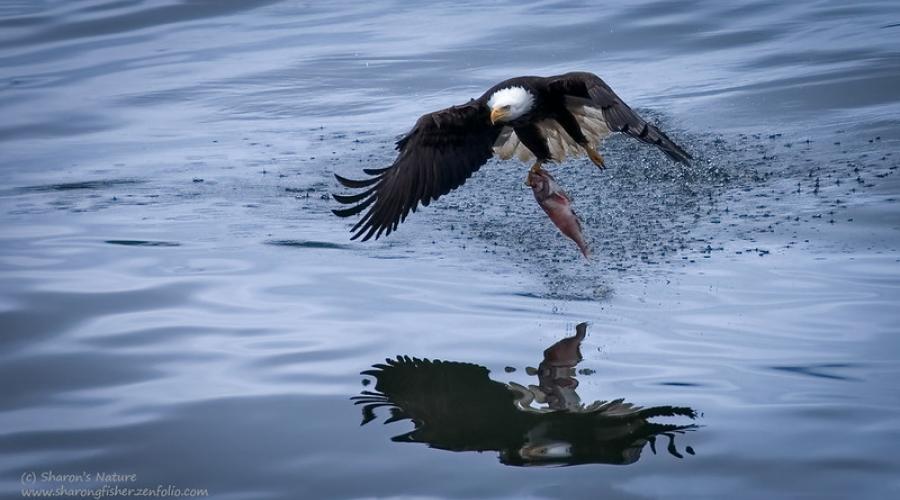
Indigenous Protected and Conserved Areas (IPCAs) – also known as Indigenous Protected Areas, Tribal Parks, or Indigenous and Community Conserved Areas – are conservation areas that are declared under an Indigenous nation’s own inherent authority. In BC, several Indigenous nations have declared Tribal Parks in their territories, often to protect special areas from harmful industrial activities.
Indigenous nations may choose to designate parts of their territories as protected areas under their own jurisdiction and using their own laws. They are modern expressions of the inherent authority of Indigenous nations and exist whether or not the Canadian state recognizes them.
For example, the Kitasoo/Xai’xais Nation has established an Indigenous Protected Area within Gitdisdzu Lugyeks (Kitasu Bay, on the northern BC coast near Klemtu) that is founded on Kitasoo/Xai’xais laws and western science.
There are many unanswered questions around how IPCAs are recognized under Canadian law. Fortunately, Indigenous-led conservation initiatives have been in the spotlight recently as the federal government increasingly recognizes their potential to safeguard the environment.
West Coast is working to bridge the gaps and ensure greater recognition of marine IPCAs under Canadian law, while also providing legal assistance to Indigenous nations looking to establish their own protected areas.
Learn more:
- Indigenous protected areas gaining momentum – but are they recognized by law?
- Tide turning on marine co-governance in Canada
- Pathway to Target 1: A New Approach to Conservation in Canada
Photo credit: Sharon Fisher